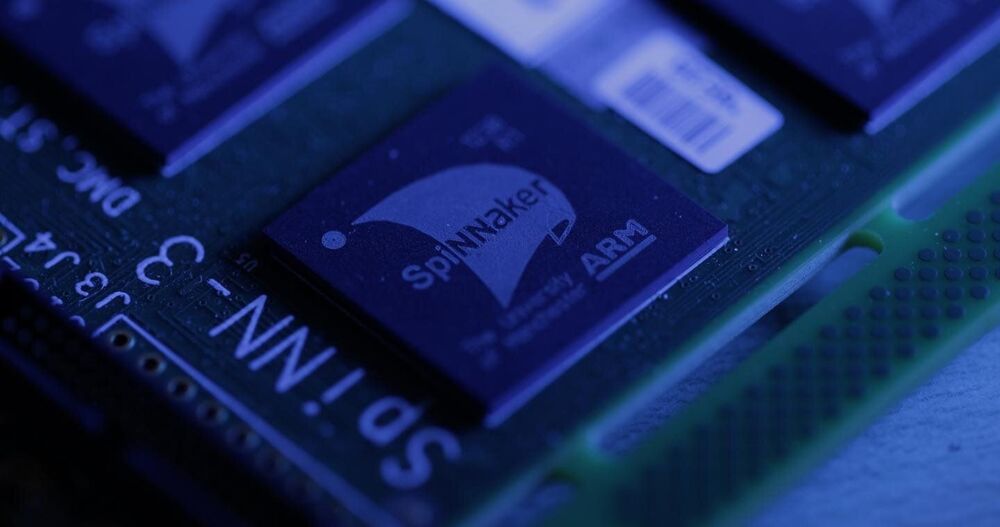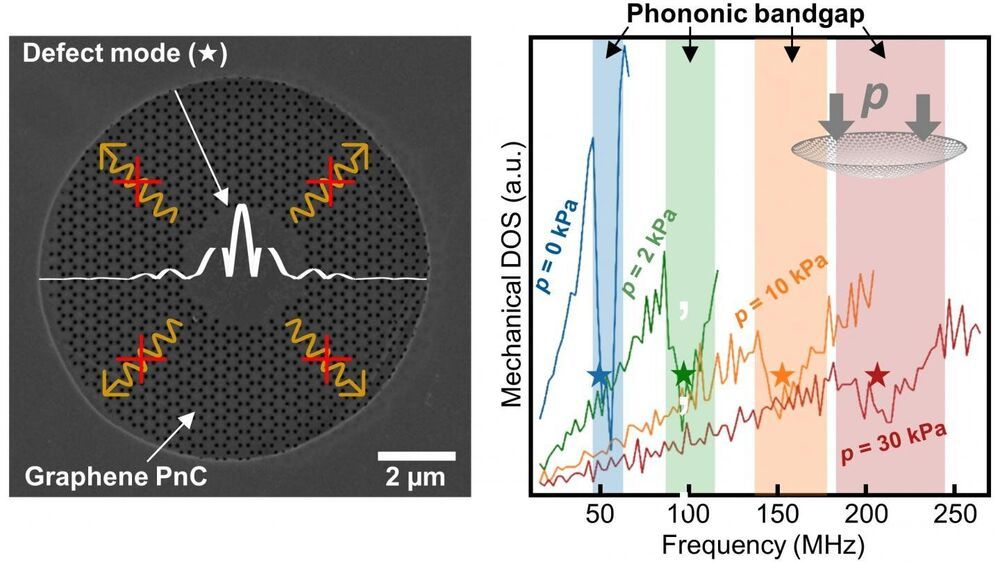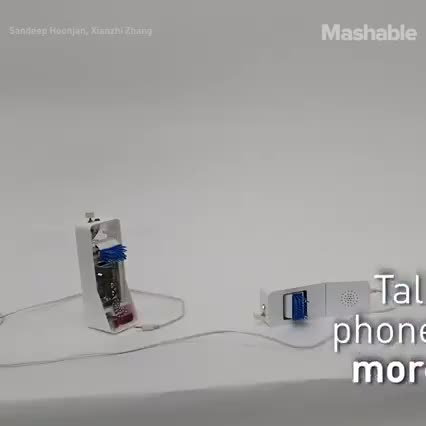The State of the Edge report is based on analysis of the potential growth of edge infrastructure from the bottom up across multiple sectors modeled by Tolaga Research. The forecast evaluates 43 use cases spanning 11 vertical industries.
The one thing these use cases have in common is a growing need to process and analyze data at the point where it is being created and consumed. Historically, IT organizations have deployed applications that process data in batch mode overnight. As organizations embrace digital business transformation initiatives, it’s becoming more apparent that data needs to be processed and analyzed at the edge in near real time.
Of course, there are multiple classes of edge computing platforms, ranging from smartphones and internet of things (IoT) gateways to complete hyperconverged infrastructure (HCI) platforms that are being employed to process data at scale at the edge of a telecommunications network.







